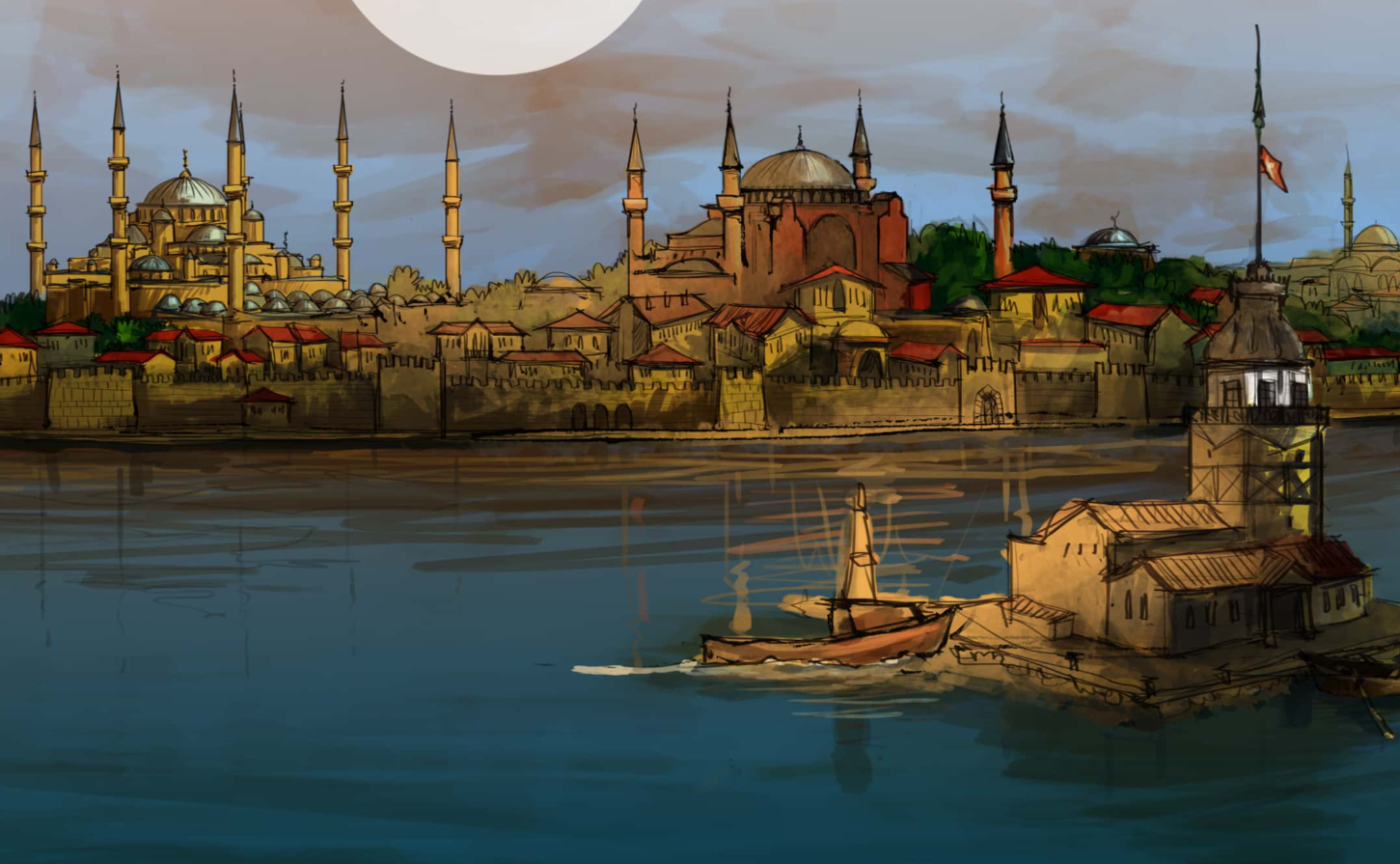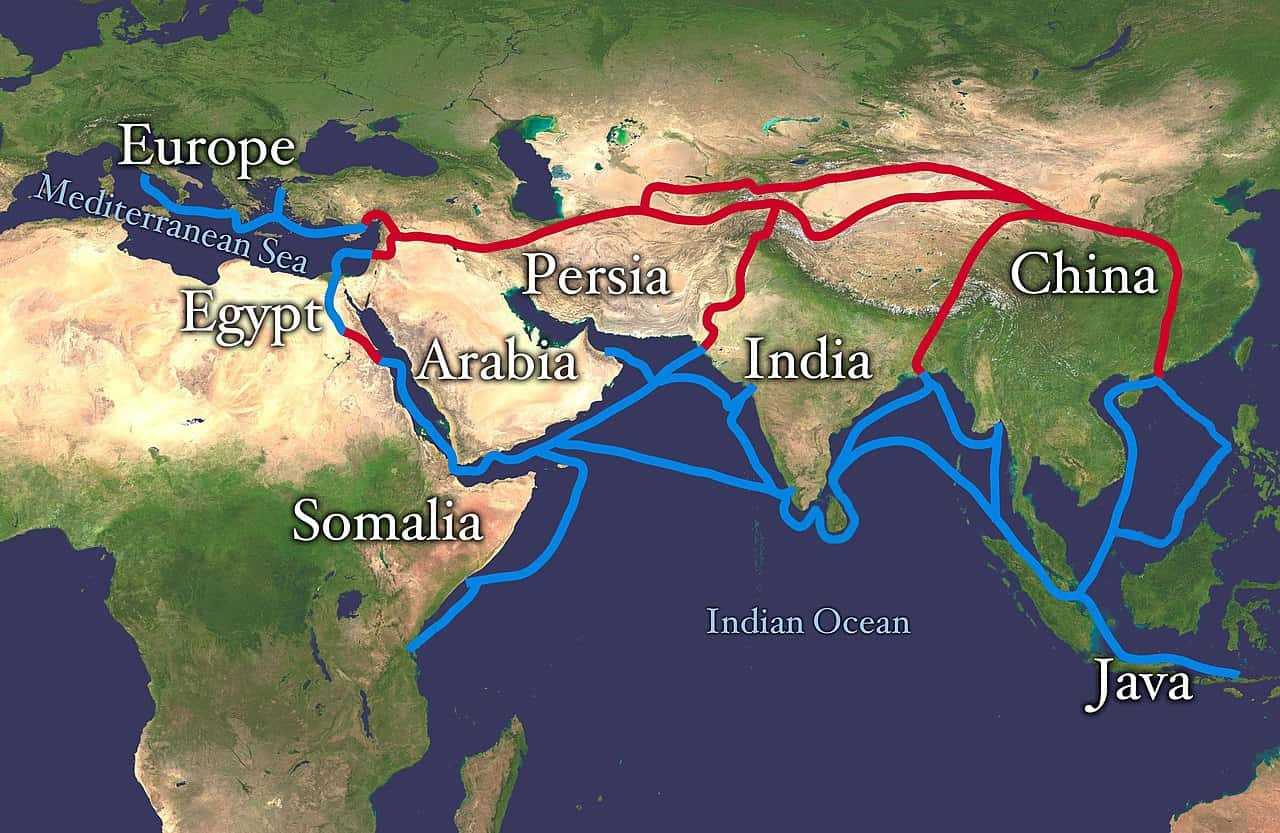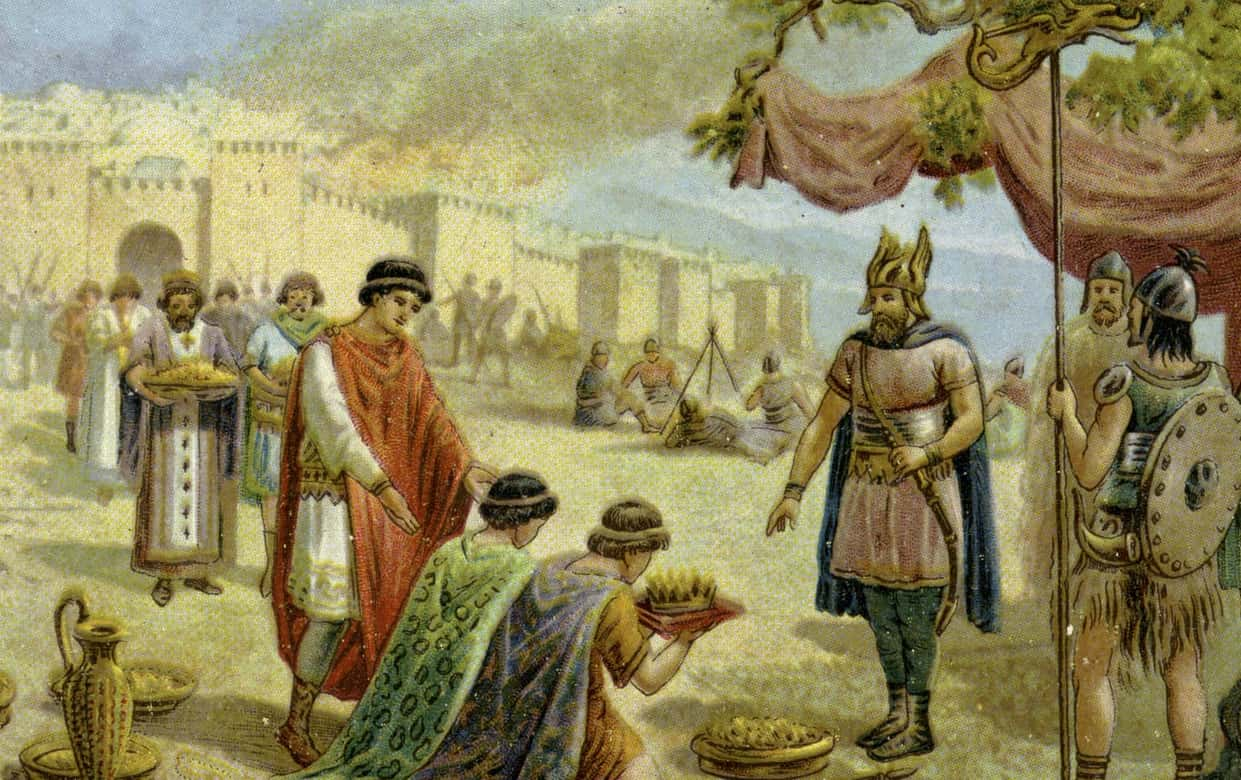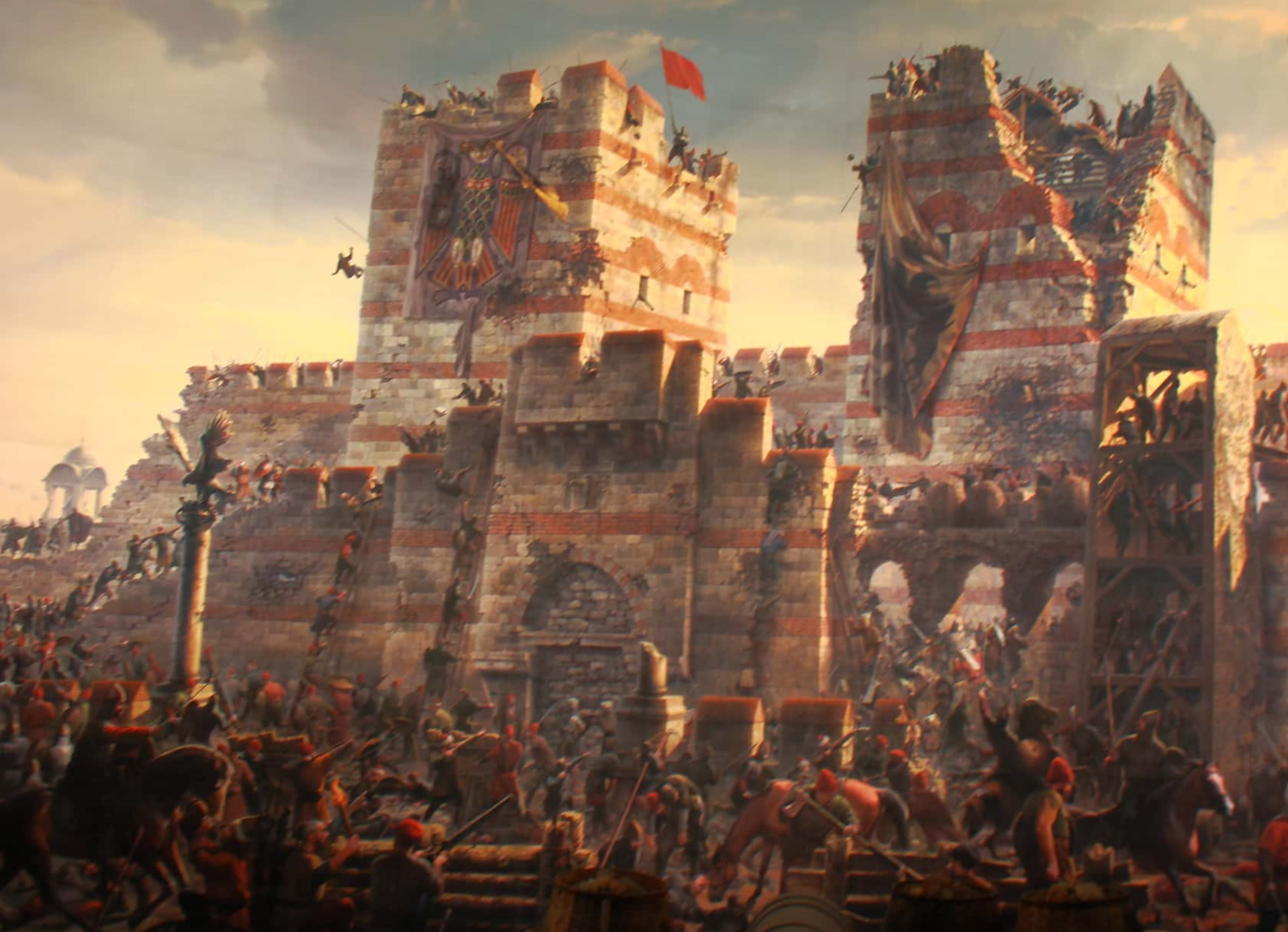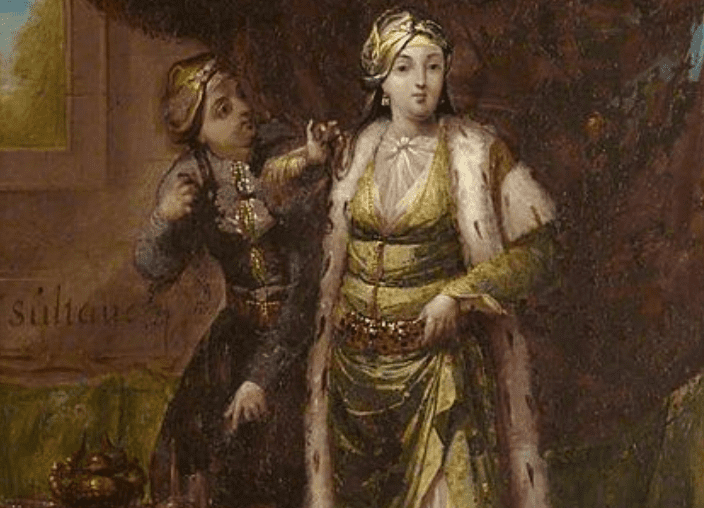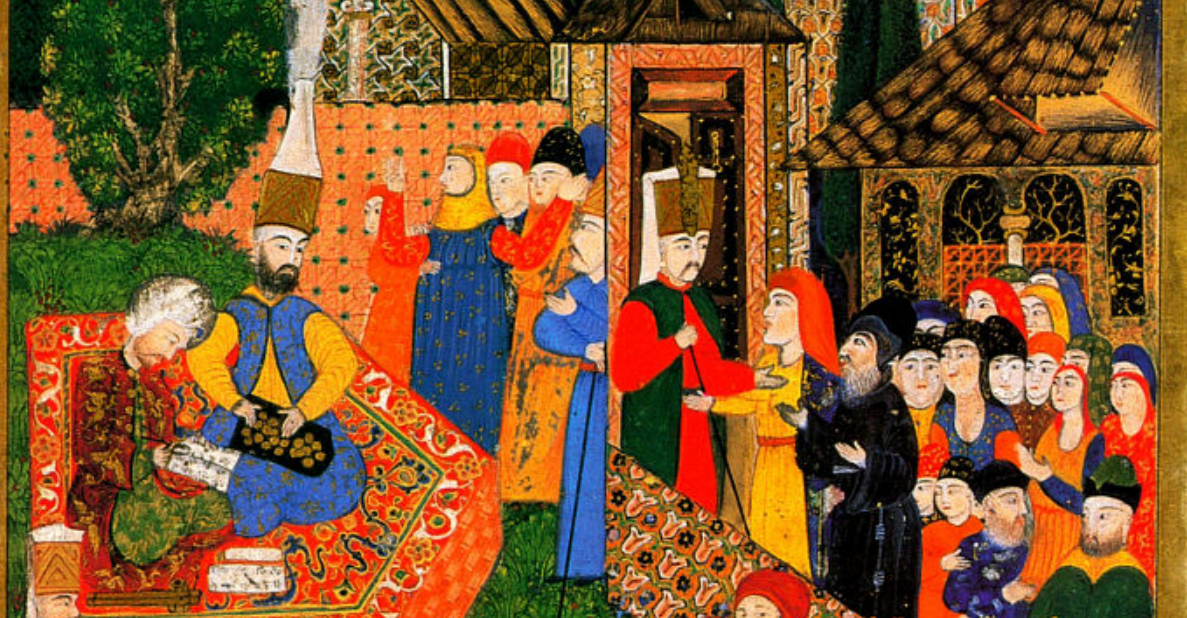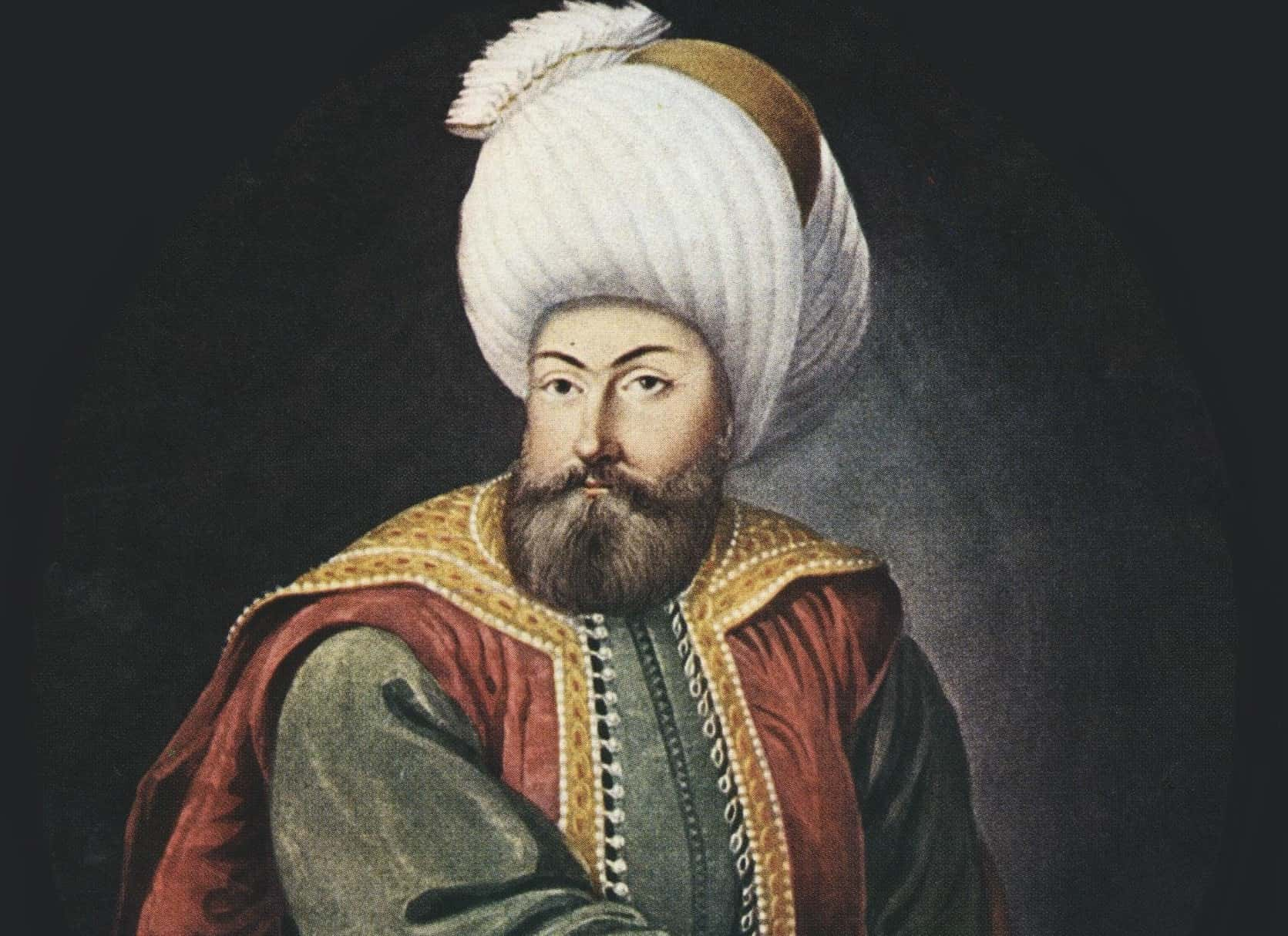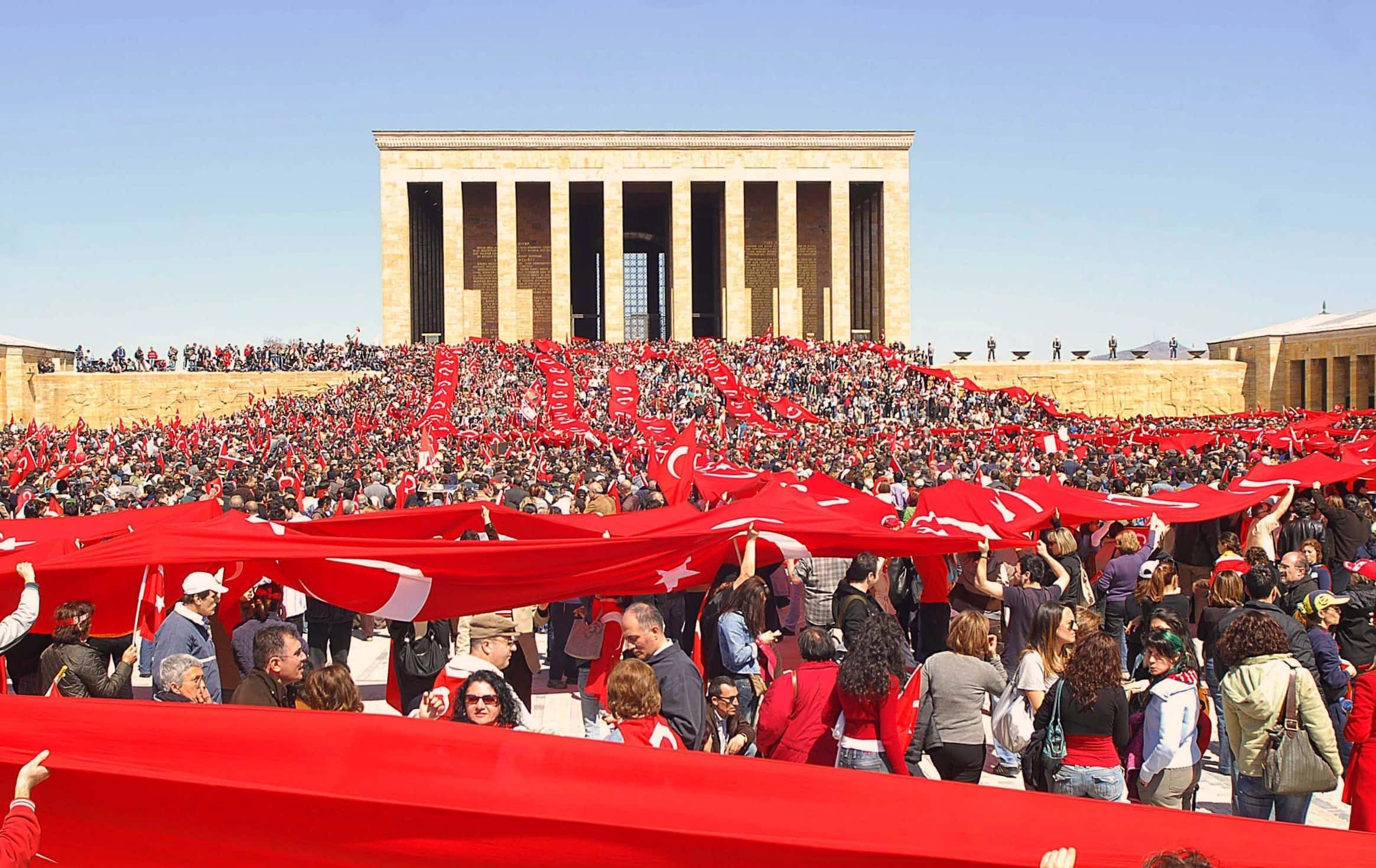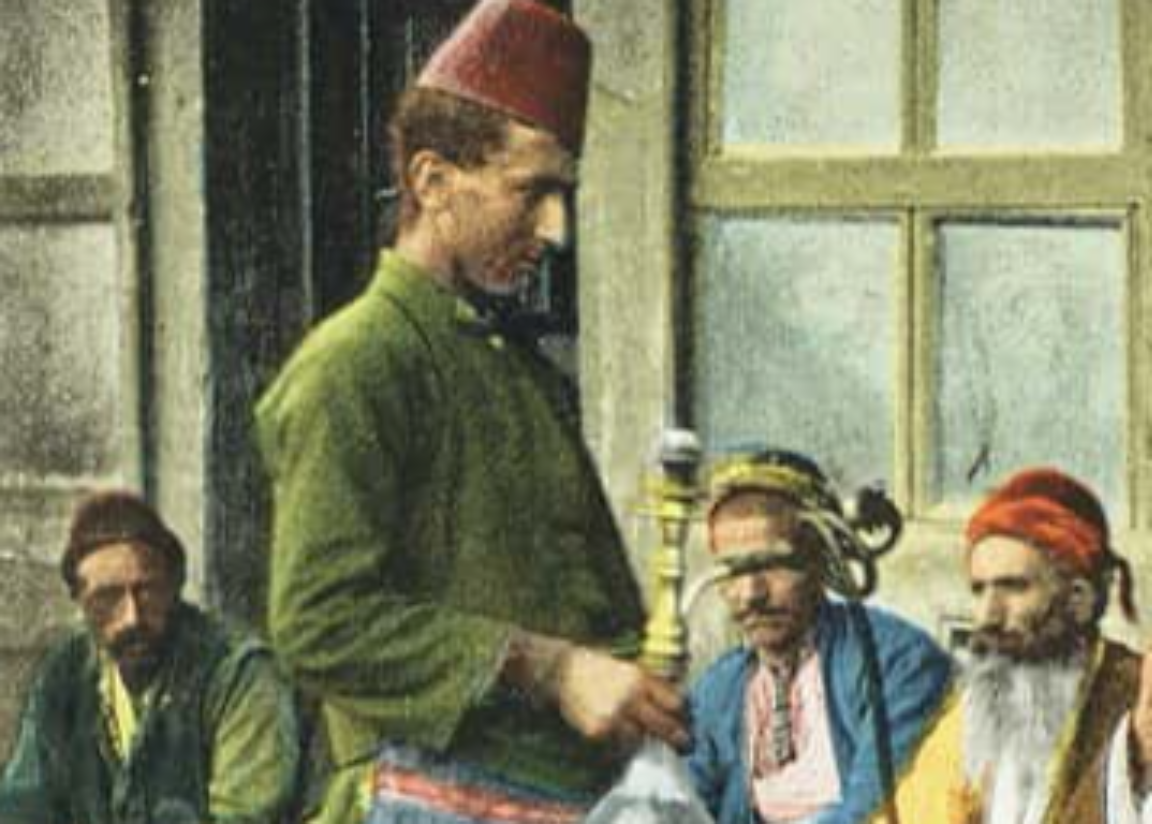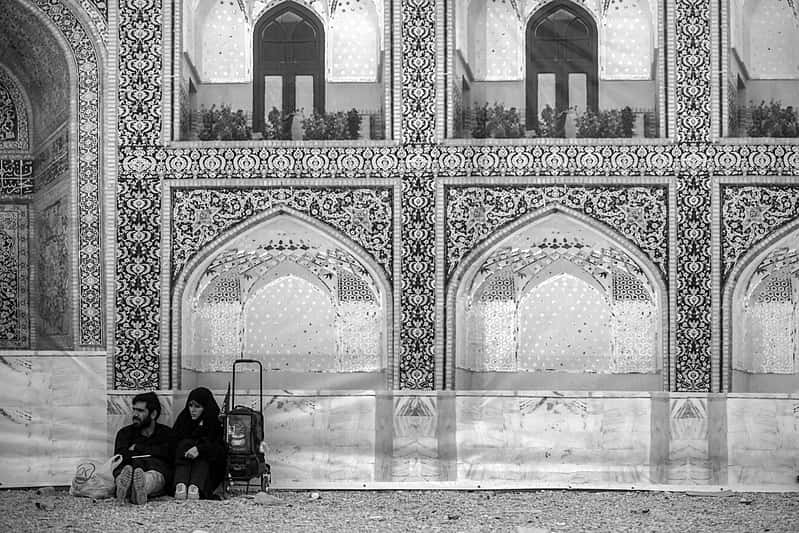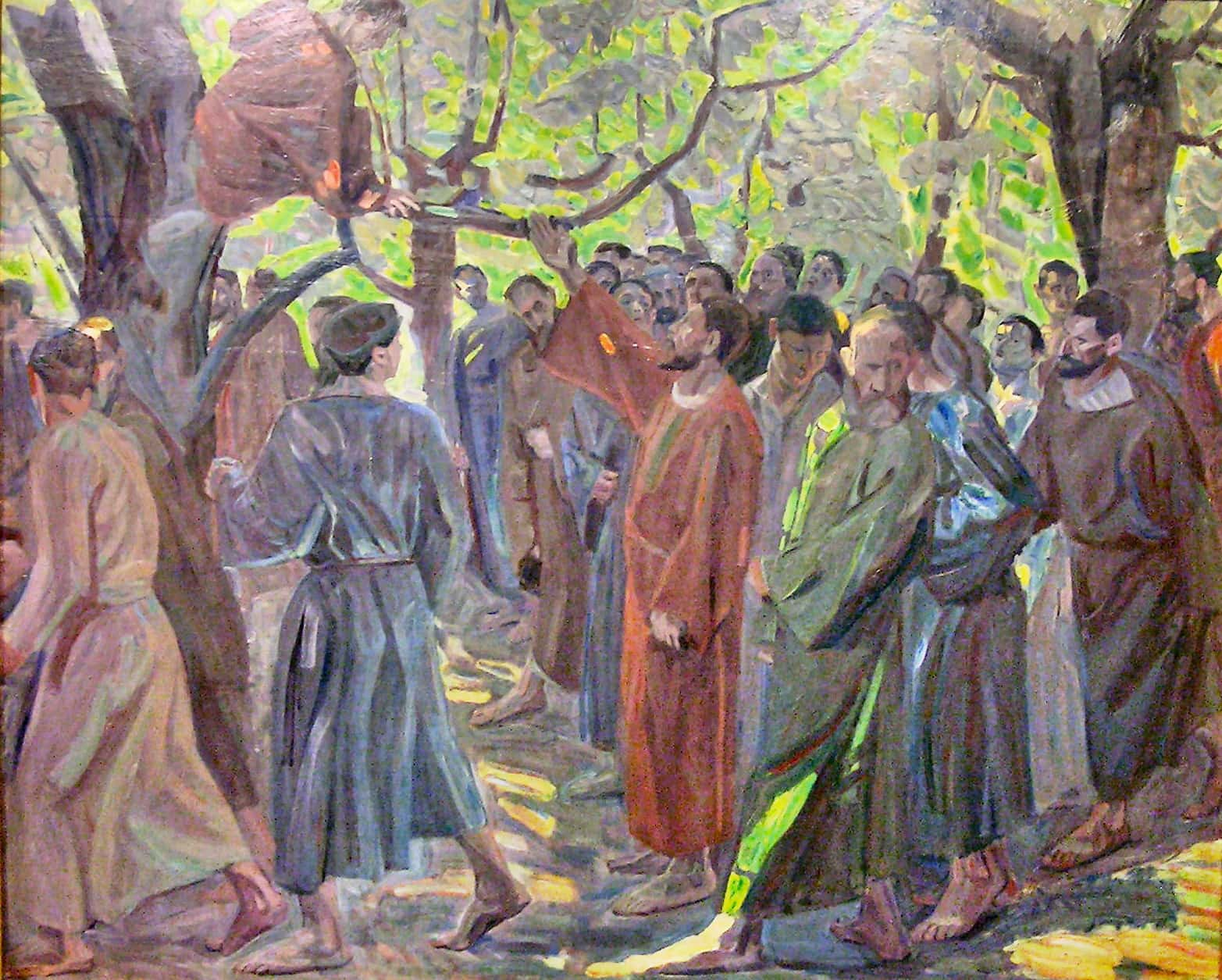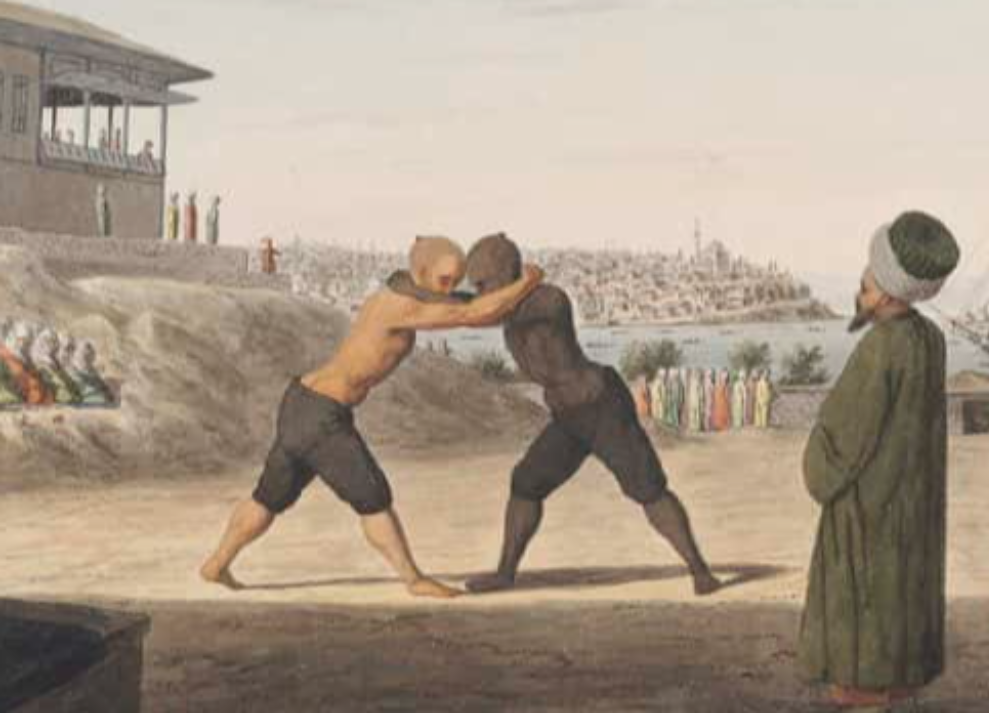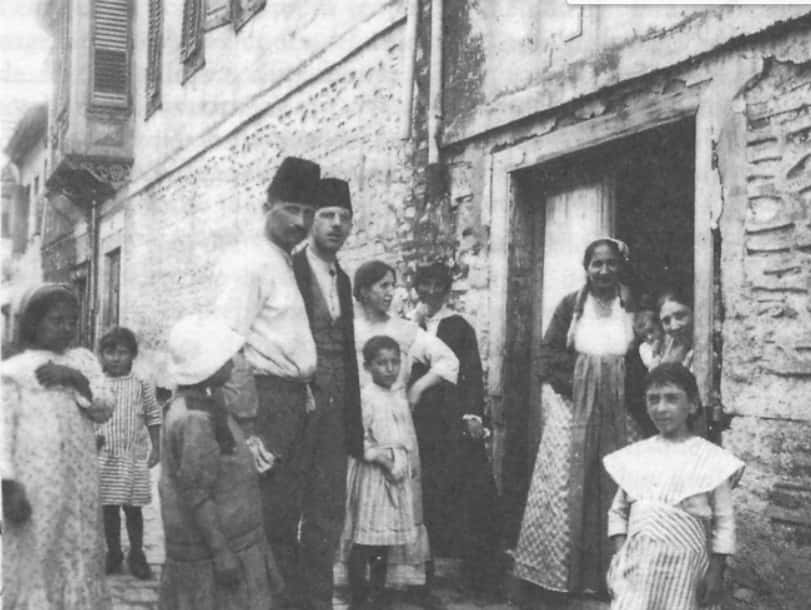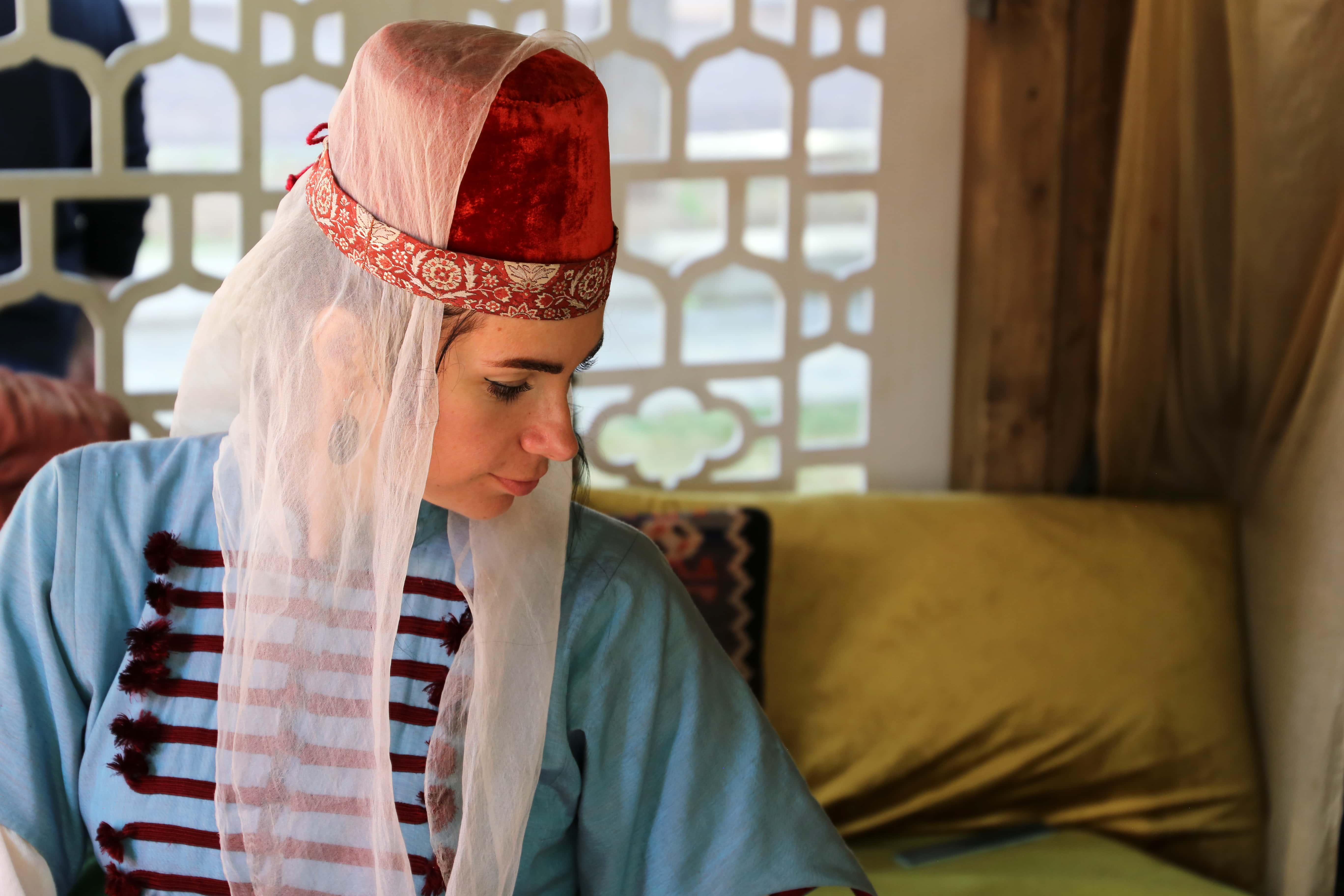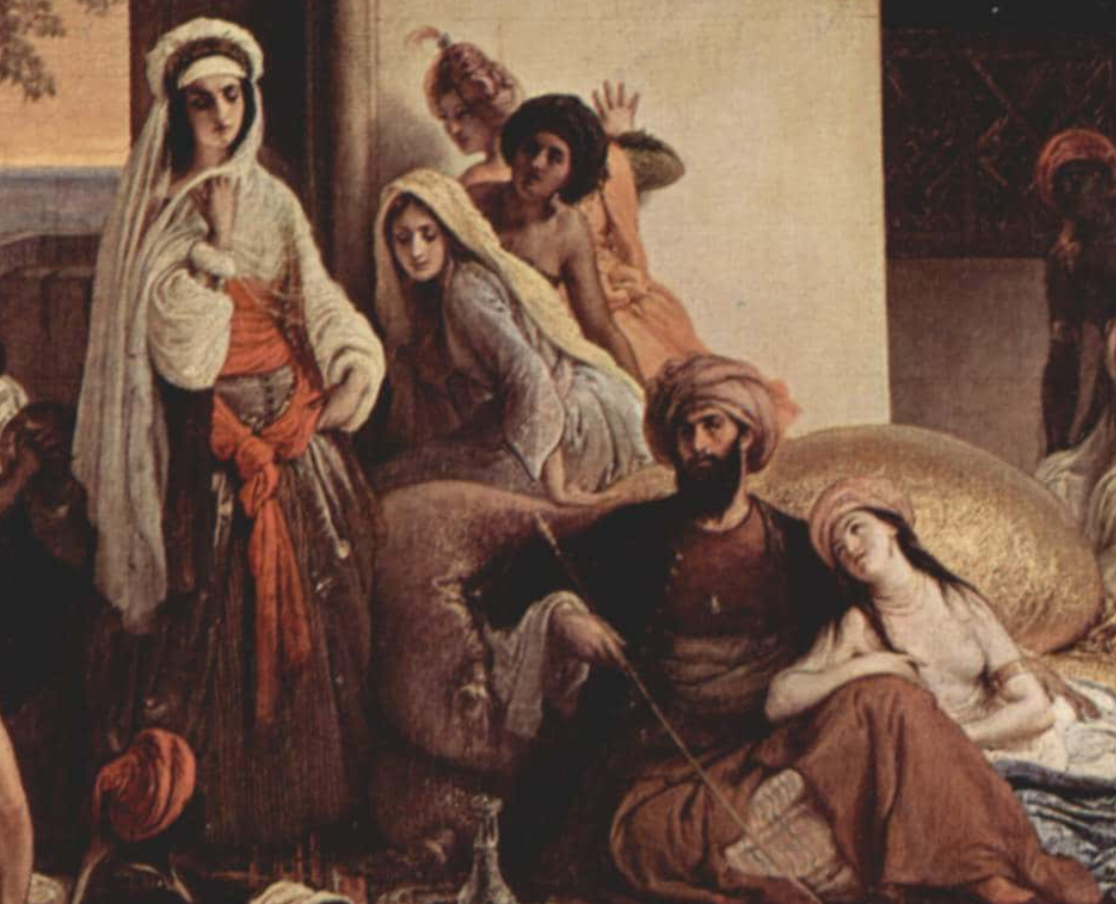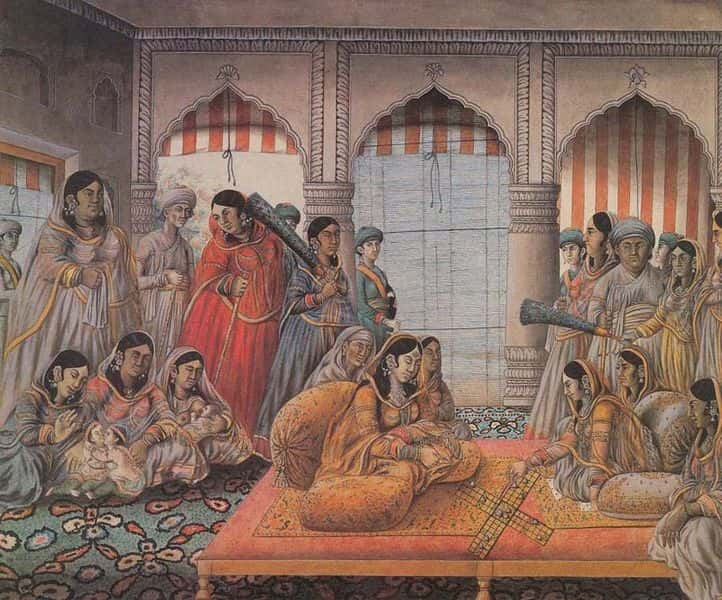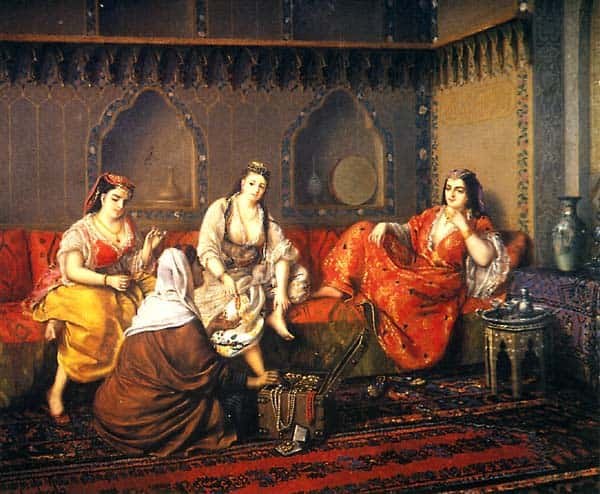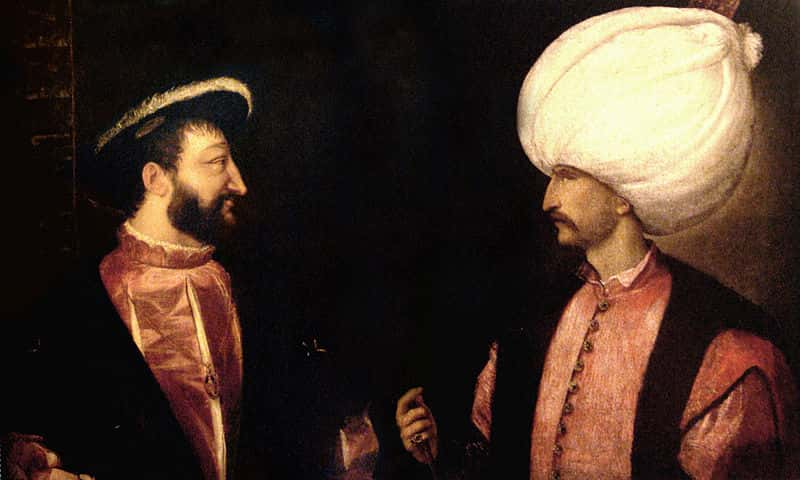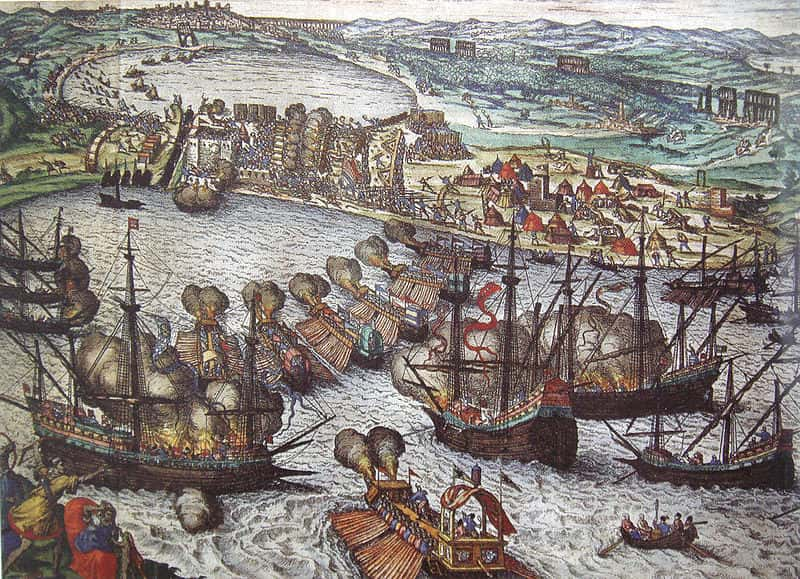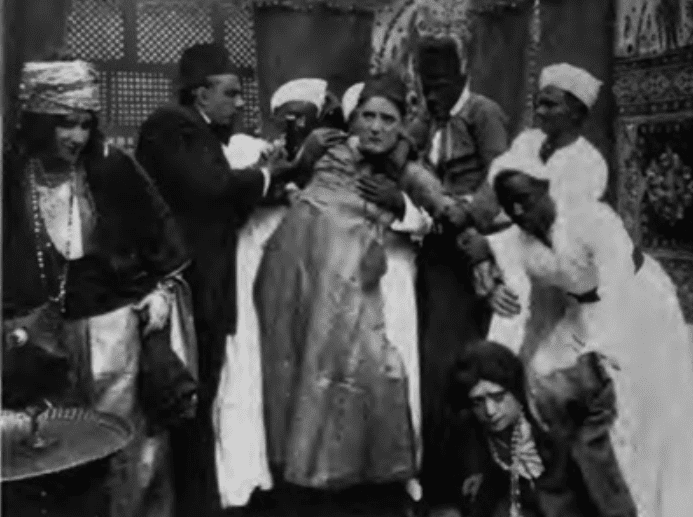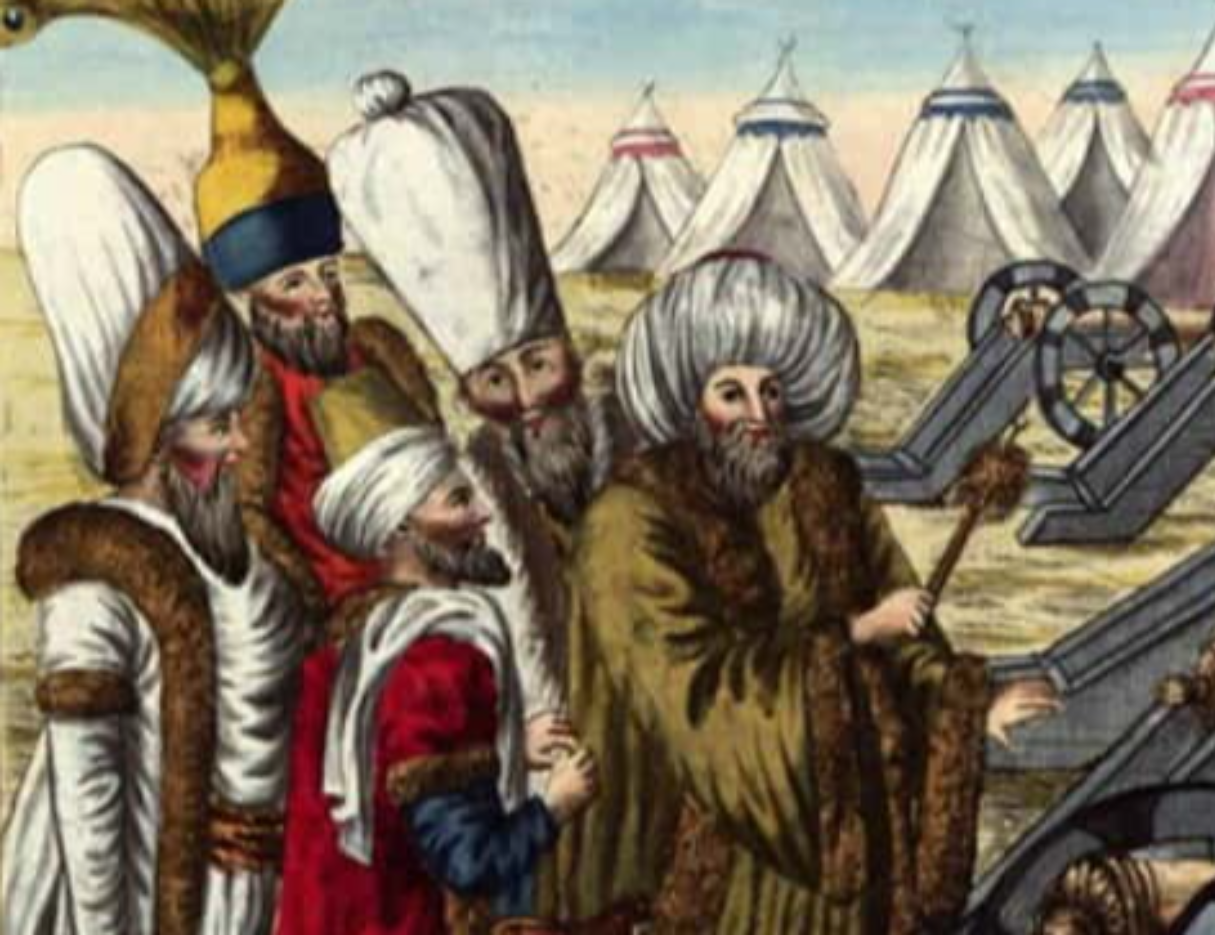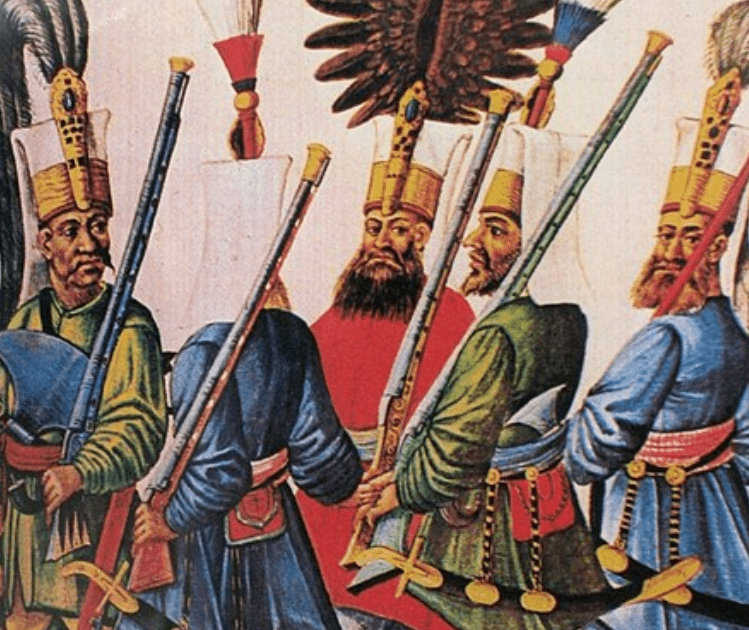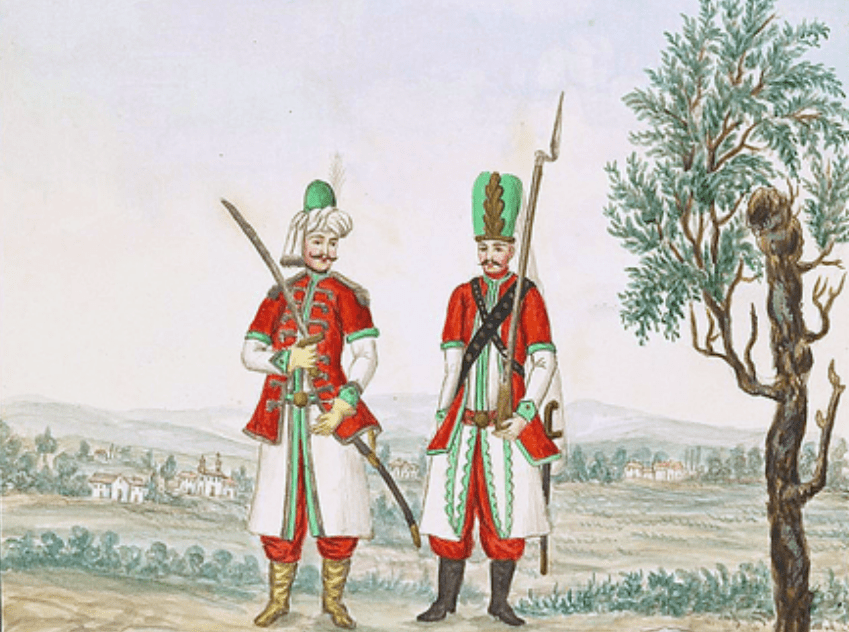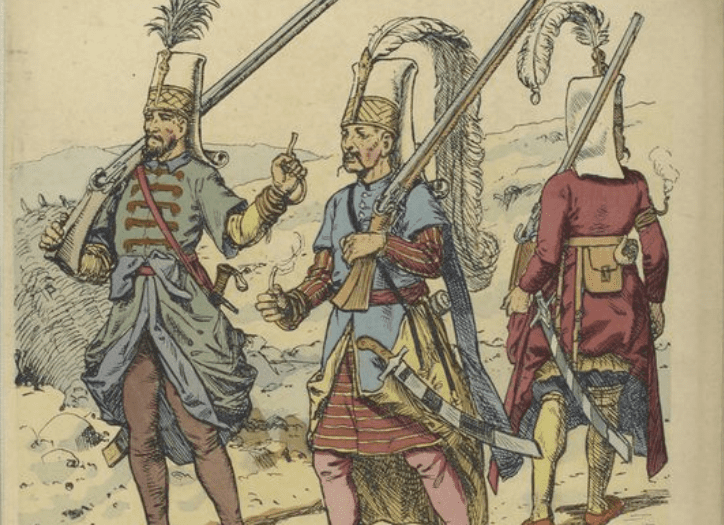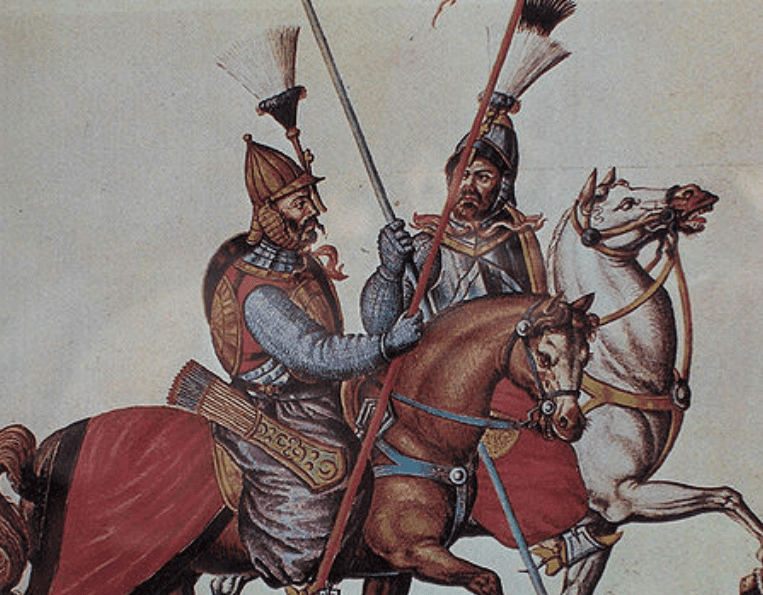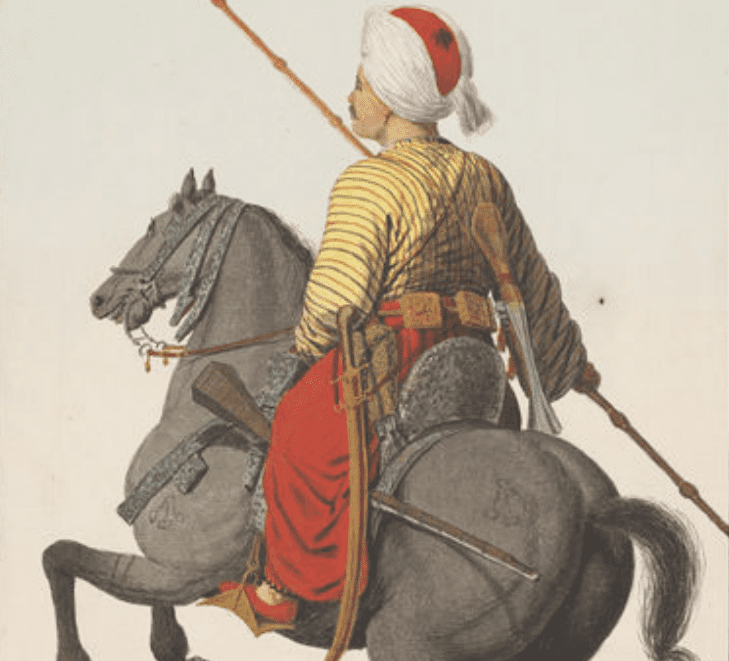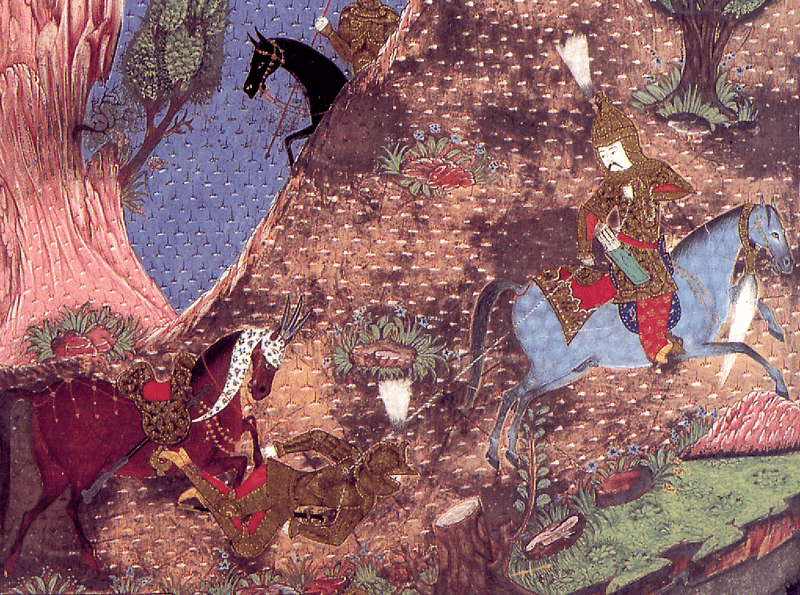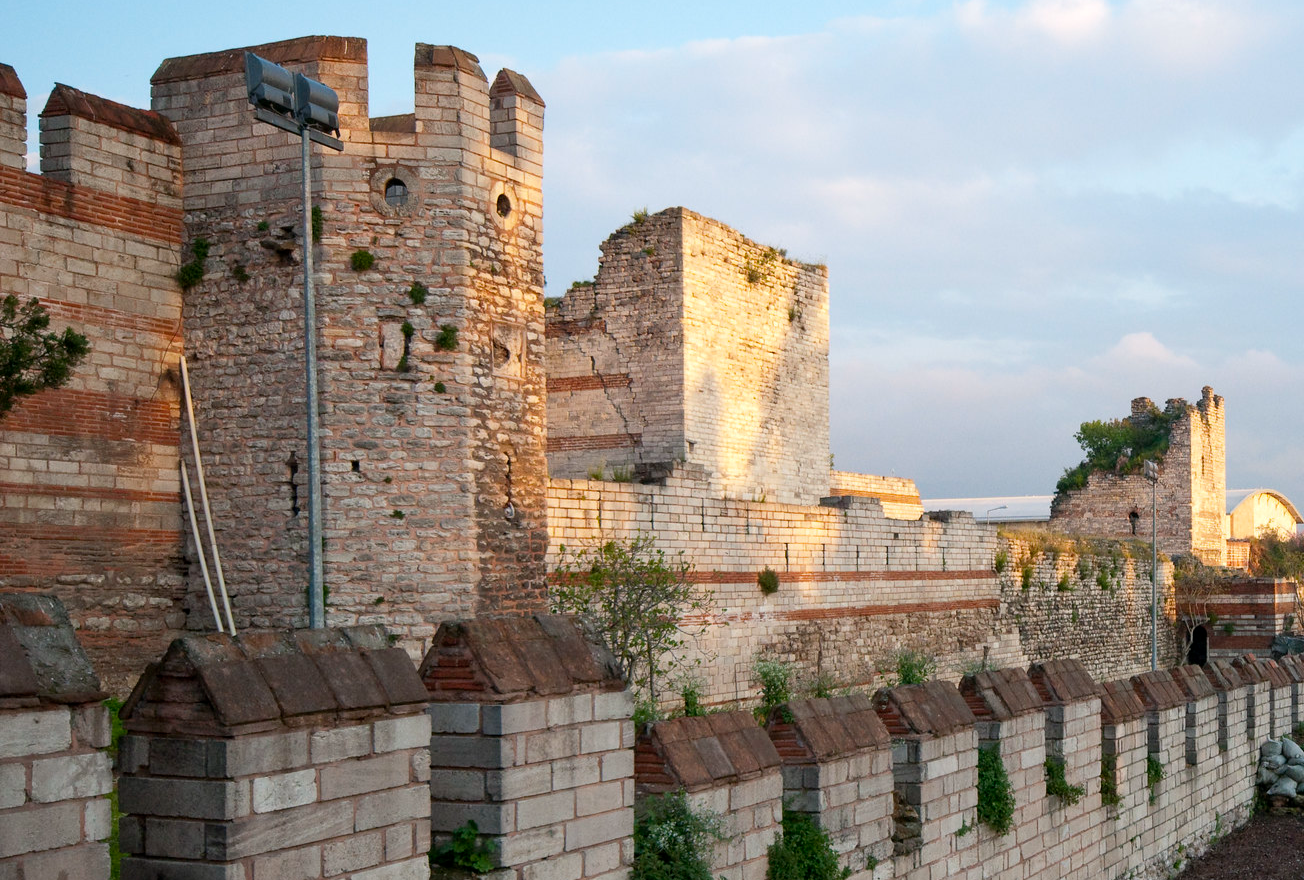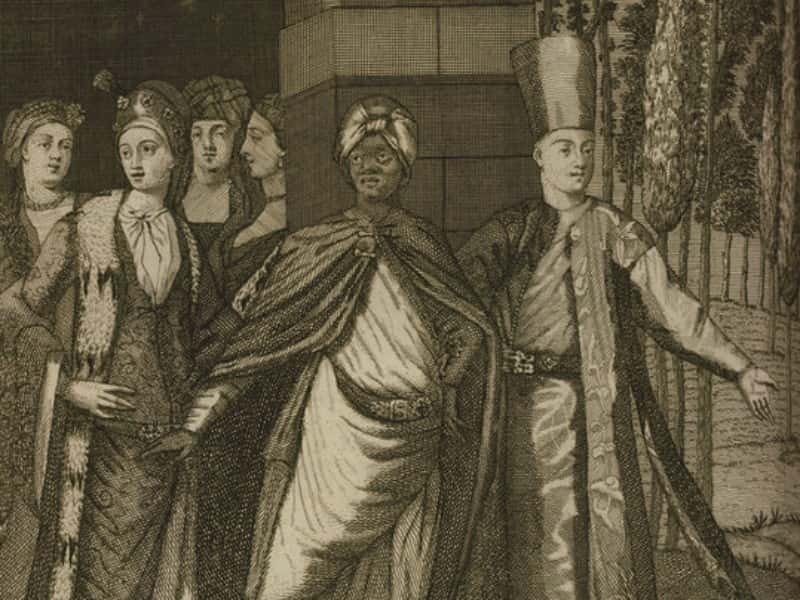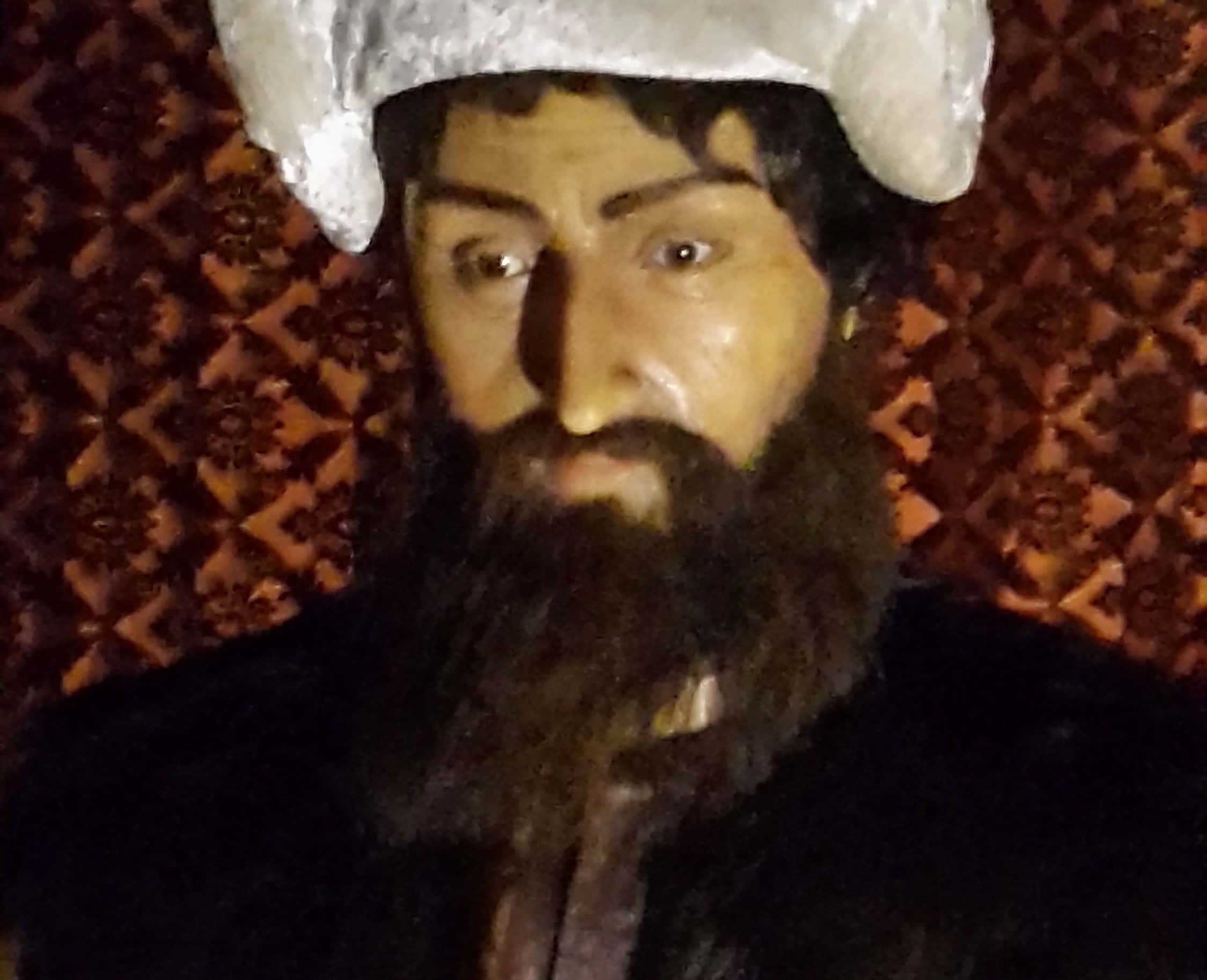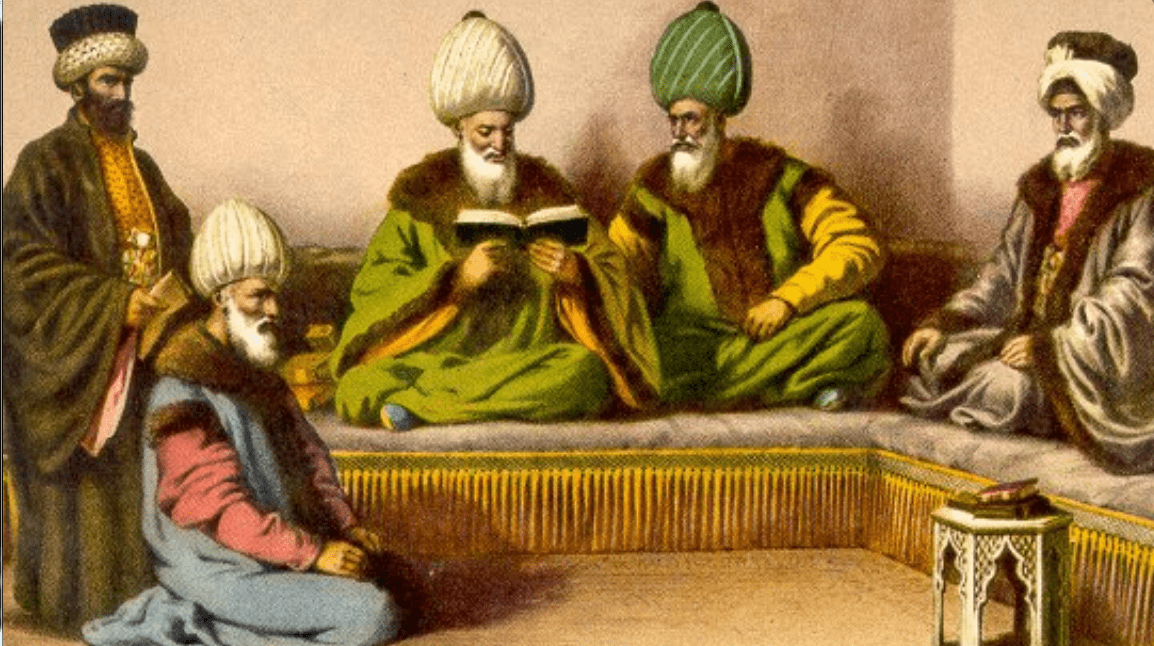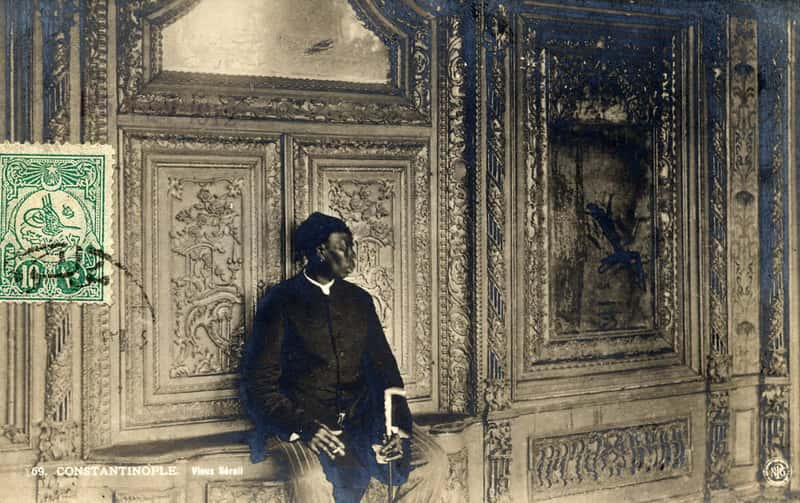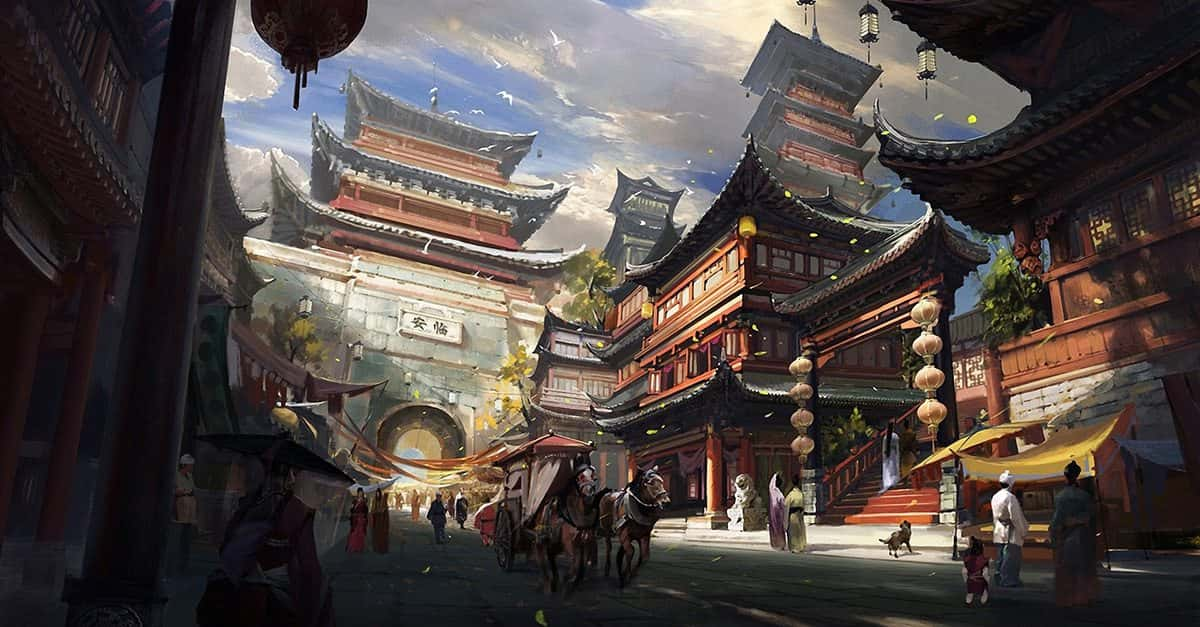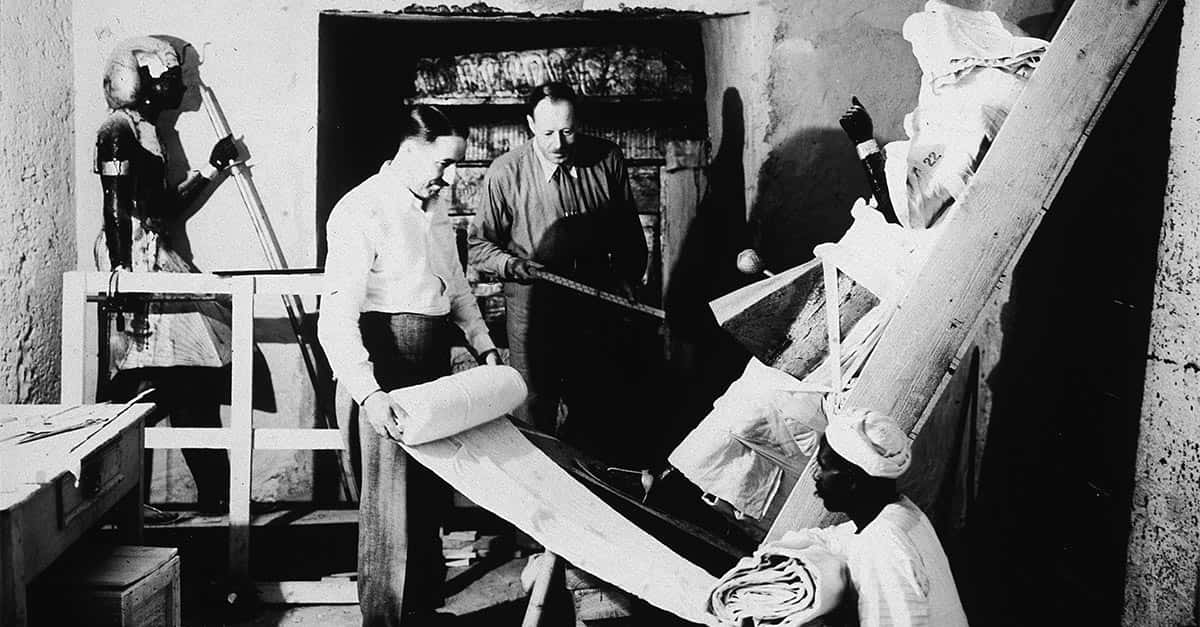Lasting until the early 20th century, the Ottoman Empire is perhaps the most misunderstood and underappreciated empire in world history. The Ottoman Empire’s reign connected the East to the West, and the Middle Ages with the modern world.
42. Built to Last
Enduring for over 600 years, the Ottomans were the most durable attempt by a modern empire to form a state. During its reign, it included the regions of Anatolia, the Balkans, Eastern Europe, the Caucasus, and parts of the Middle East and North Africa, encompassing 19.9 million sq. km. and over 35 million people at its peak.
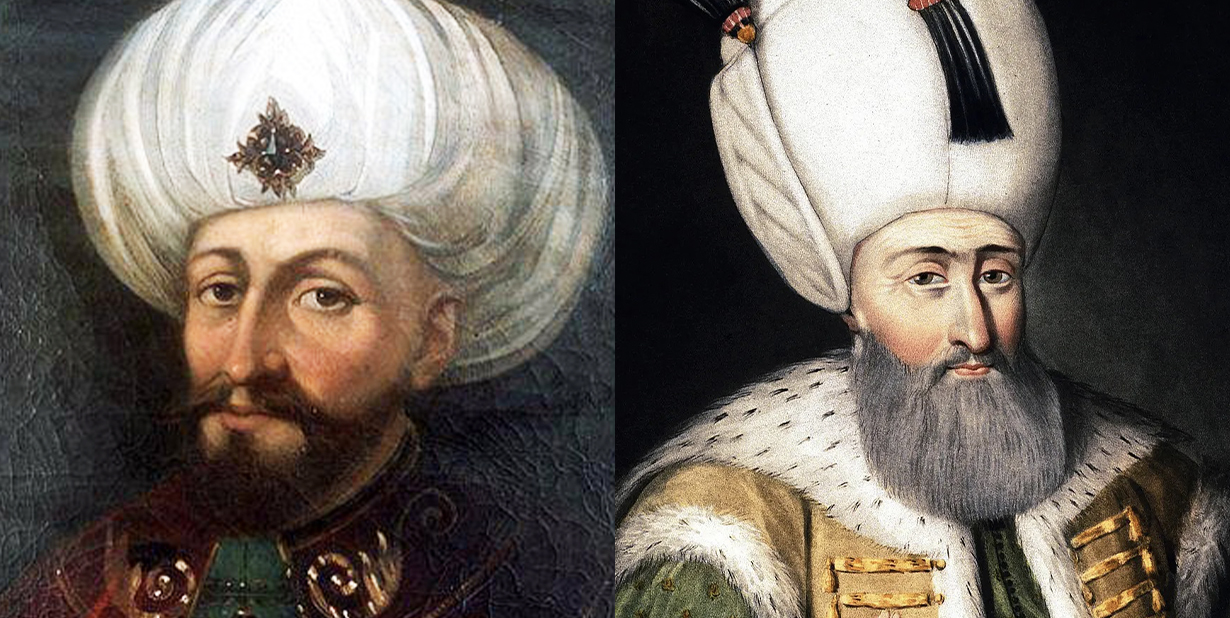
41. The Fall of an Empire
In the 19th and early 20th century, the Ottoman Empire, much reduced by this point, was rife with social conflict. After army reforms led to disastrous wars in Italy and the Balkans, continued unrest led to coups. They entered into WW1 in alliance with the Central Powers, but before long they were dissolved and partitioned. The occupation of Constantinople mobilized the Turkish national movement, and they would gain enough power to win the Turkish Battle of Independence, abolishing the Ottoman Sultanate in 1922.
40. A Chain Reaction
The Ottoman Empire dominated both the eastern Mediterranean and eastern land trade routes. In the face of this, western Eurasian rulers were impotent, and European powers were forced to hire navigators to explore maritime routes to Asia in order to exchange directly with the Chinese imperial sphere. I don’t think I have to tell you how this changed the world, but it can be said Columbus’ accidental discovery was a product of these conditions.
39. Rome 2.0
The Ottoman conquest of Byzantine Constantinople, which could also be called Rome 2.0, was the foundation for setting up the Ottoman Empire. This conquest was done by land and sea after they cut off both sides of the city with ships and then penetrated the city walls with their army. The Byzantines attempted to protect their city with a floating chain of ships, so the Ottomans simply loaded their ships onto carts and wheeled them around the hills of the city and placed them into the harbor.
38. It Took Teamwork
The conquest of Constantinople was achieved not simply through Turkic peoples, but also with the help of Greek sailors, Serbian army, Hungarian craftsmen, and seafaring technology from Italian trading cities.
37. A Blend of Styles
The Ottomans revolutionized imperial practices in the world as they blended European civic culture with techniques of empire building set by their regional predecessors, notably the Mongols, Persians, and Byzantines.
36. The Hand of the Emperor
The Ottoman emperor ruled through subalterns who were recruited to serve his imperial dynasty from outside of the empire. As the Spanish empire was gaining viciously intolerant over different religious groups, the Ottomans extended protection to different religions.
35. Origin Story
The Ottomans were birthed by Osman after he founded the Osmanli dynasty. Ottoman is simply an anglicized version of Osman.
34. Stick and Stones
The term “Turk” was actually a derogative term used by the elite to disparage peasants. If someone was not a peasant, nor in the elite, but instead an educated urban-dweller, then they were a Rūmī, meaning Roman.
33. The Slow Play
Osman’s great-grandson was on a mission to build the great Ottoman Empire and was close to doing so before being captured by the Mongol king Tamerlane. The Ottomans almost lost it all during an ensuing civil battle, but instead of pressing the issue, they took a step back and reflected upon this experience before launching a new campaign to put together a larger, more resilient empire.
32. Unity Through Diversity
As long as different communities absorbed by the Ottomans paid their taxes, maintained peace, and recognized the sultan, they were able to settle lawful issues within their own community. This recognition of different peoples put diversity to work for the polity, and the lack of a homogeneous culture was actually beneficial and became a hallmark of the Ottoman Empire.
31. With Some Exceptions
While there was great religious freedom under the Ottomans, it did not apply to the Safavids, who were Shi'ite Muslims, not Sunni.
30. Know Your Limits
A big factor that contributed to why the Ottoman Empire lasted so long in an increasingly fractured, yet globalizing world, was that it remained content with its imperial reach and power, refraining itself from indulging in competition across the Atlantic Ocean and the Cape of Good Hope.
29. Brother Vs. Brother
During the growth of the Ottoman Empire, there were moments of instability due to the rites of succession. Only the sultan’s sons were eligible to succeed, which led to enormous power struggles through the years. Fratricide thus emerged as a dynastic technology.
28. Body, Mind, and Spirit
In the Ottoman Empire, oil wrestling was the most popular sport. Special schools were established which taught not only the art of wrestling but were also spiritual centers, not unlike Japanese Sumo.
27. First Conversion
After the Ottomans conquered the Greek city of Thessaloniki in 1430, they converted the Church of the Acheiropoietos into a mosque, making it the first Christian church to be converted into an Islamic mosque.
26. A Marriage of Convenience
Early in the Ottoman Empire, marriage was coveted for its ability to forge alliances, and not much more. It was soon dispensed of, and sultans instead began to favor concubines in order to produce heirs to the throne.
25. Heir Factory
Any number of concubines were allowed in the palace at one time and all of the sons born from a slave concubine were considered legitimate—if the sultan wished for it, that is. When a sultan is gone, a concubine with a legitimate son was then considered free.
24. Spread it Out
An even playing field for success was created by forbidding a concubine from taking the bed of the sultan after giving birth to a son. Instead, they would accompany their son to a province, where the prince would be given a governorship.
23. Harems and Man Caves
Royal Ottomans traditionally split their homes between the husband and wife, and the women were allowed a harem—sacred place—in the household. Men did not enter the women's space, and women did not enter the men's. The harem was a lively, social place, and all women of all backgrounds were welcome to visit.
22. Charm School
Harems served a purpose in the Empire. The object was to raise girls in a royal manner and to prepare them to serve as royal wives in the future.
21. Don’t Talk to Me Kahvaltı
While coffee has its origins in Ethiopia and Yemen, Turkish coffee developed under the Ottomans. Coffee influenced Ottoman culture so much that the Turkish word for breakfast—kahvaltı—translates to “before coffee".
20. A Multitude of Voices
The official language was Turkic, but the minor languages of the empire included Albanian, Arabic, Assyrian, Bulgarian, Croatian, German, Greek, Hebrew, Italian, Kurdish, Persian, and Somali, among many others.
19. He Wasn’t Called the Magnificent For Nothing
Suleiman the Magnificent brought the Ottoman Empire to soaring heights and had a fierce rivalry with the Hapsburg Empire, which was dominating Western Europe at the time. Suleiman actually allied with the French during this time, creating lasting relations with the French that would sow seeds for the future. Due to their ties with the French, Ottoman art and literature was largely influenced by and paralleled that of the French.
18. Twist of Fate
When the Ottomans captured Tunis in 1574 from Spanish rule, the religious fate of North Africa was decided, as they now fell under Muslim rule, which would dominate the region through to today.
17. Centuries of Slaves
Slavery was a used by the Ottomans up until 1908 when female slaves were still sold throughout the Empire. In the 17th century, Ivan Sulyma freed Christian slaves after organizing revolt on a slave gallery and was awarded a medal from Pope Paul V.
16. Preparation is Key
A strong, centralized army order aided the Ottoman’s rapid expansion, as the rest of Europe and Eurasia were in a mess of disorganized states and tribes. The Ottomans adopted the Roman strategies of army planning, where before embarking on a army endeavor, they consulted veterans and battle experts, stockpiled their resources, and sent scouts out to survey their routes.
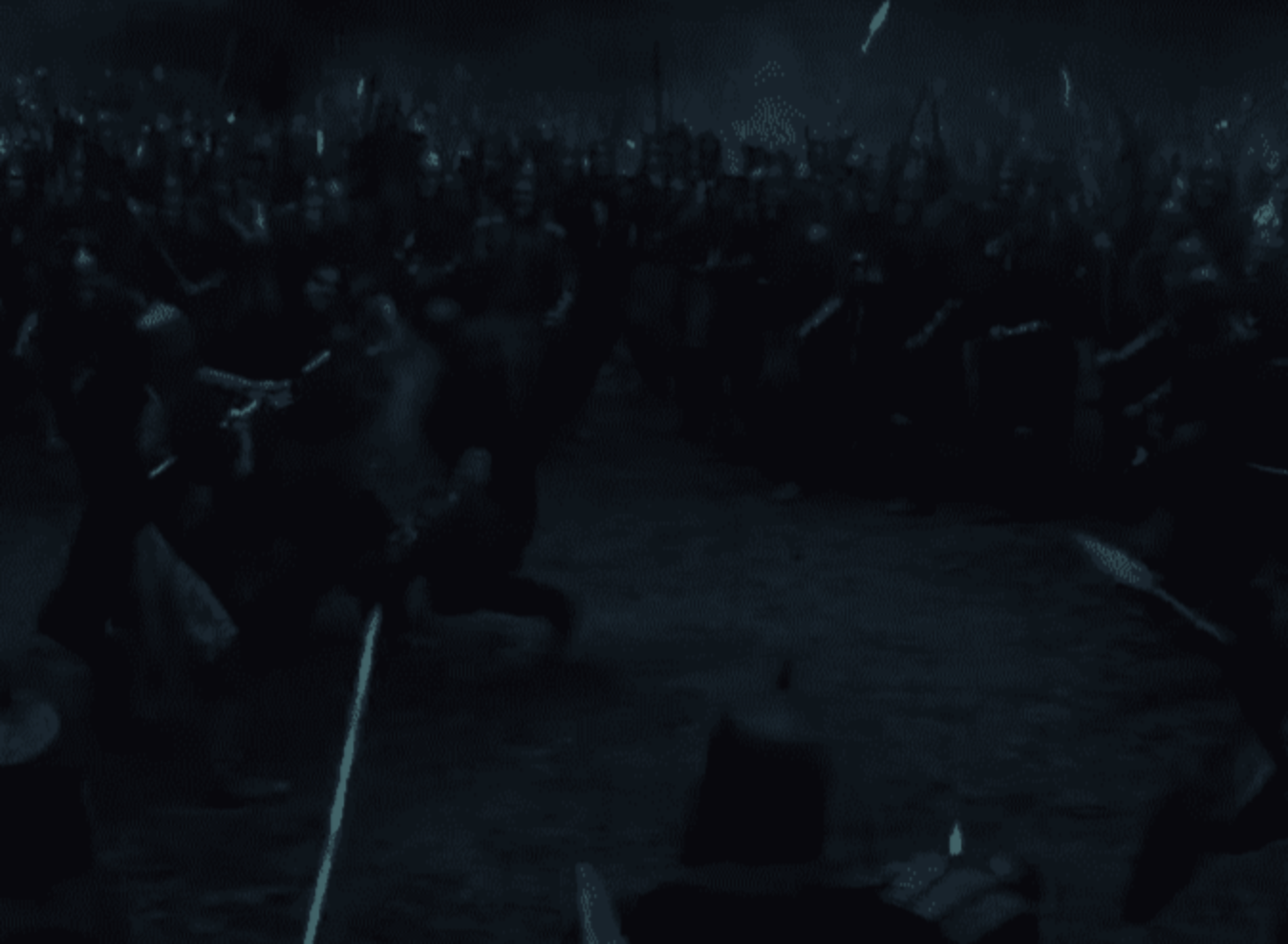 Dracula Untold,Universal Pictures
Dracula Untold,Universal Pictures
15. Semper Paratus
Army officers went through strict training and were instilled with a structured discipline. While setting up camp during campaigns, they were not allowed to consume booze, were heavily rationed, and kept up stringent sanitation measures, which was striking in contrast to the rest of medieval Europe at the time.
14. Start ‘Em Young
The Janissaries were the most prestigious Ottoman infantry unit. They were the Sultan’s guards and Europe’s first standing army, established in the 14th century under Murad I. These elite people were comprised of Christian slaves kidnapped as boys and forced to convert to Islam.
13. The Rise
Janissaries were expected to have complete and utter loyalty to the Sultan and were forbidden from marriage or to engage in any form of trade, while also being exempt from taxes. They were an elite army force in the world until the 17th century, when they gave in to their privilege as a class and contributed to the decline of the empire, using their power to depose any sultan they did not favor.
12. …And the Fall
The Janissaries lasted until 1826 when over 135,000 of them revolted against Mahmud II but were squashed, exiled, and imprisoned. Referred to as the Auspicious Incident, these Janissaries were officially disbanded, with over 6,000 of them being executed. It is believed that Mahmud purposely incited their revolt by forming a new army along the European lines of the empire.
11. Highly Effective
Yes, the Janissaries have all the fame, but the sipahi had a more important role in the army, as the cavalry unit and backbone of the army. It has been suggested by historians that European battle tactics evolved the way to did particularly to combat the highly mobile and rapid pace of the sipahis.
10. Trickle Down Economy
The sipahis were like European knights, as they were given a fief as their salary. However, unlike feudal Europe, sipahis had no special rights over the peasant farmers of their land and even had to pay them a substantial wage.
9. Raiders of the Empire
Another crucial component of the structured Ottoman army was the akinji, who were raiders of the frontier. They were heavily relied on for various tactical purposes, acting out guerrilla battle ploys that included including penetrating enemy territory, disrupting lines of communication and supply, clearing of roads and bridges, and inducing fear among the enemies population.
8. Fire Away!
The Ottomans loved their gunpowder. They specialized in giant canons, which would be assembled on the battlefield and could shoot up to a mile in distance. Needless to say, they were devastating and awe-inspiring weapon to have on the battlefield. The Basilic cannon contributed mightily to the siege of Constantinople in 1453, as its 544 kg cannonballs caused massive damage to the city’s walls.
7. Mixing Religion and Law
In 1877, the first attempt at codifying the Sharia-based law of an Islamic state was made with the Mecelle code. The Ottomans used the influence of earlier European codifications to create this civil law, and it has had a long-lasting impact on the Islamic world and those around it.
6. Rivalry in the Court
Eunuchs wielded enormous influence in the royal court, and they were split along national lines. There was a Chief Black Eunuch and a Chief White Eunuch, who were fierce rivals. They were the administrates of the court harem, and were involved in just about everything happening inside of the imperial palace.
5. Ottoman Signing
Sign Language was developed in a complex in the Ottoman court. Silence was enforced throughout the court and considered respectful by sultans, who often communicated in sign. Deaf pages, doormen, executioners and companions of the sultan were used and valued for their ability to communicate silently, as well as their inability to overhear sensitive information and the added difficulty they would have had being bribed by outsiders.
4. A Father’s Safety
Suleiman once sat behind a screen and watched his son be strangled to the end with a bowstring after he became too popular amongst the army for the sultan’s perceived safety.
3. Blood Isn’t as Thick as Power
The pattern of fratricide was set by Murad I in 1362 when he had all of his brothers perished. From here on out, each new sultan would often take the throne by having all of their male relatives ended. Even infants wouldn’t be spared from this brutal pattern.
2. A Caged Existence
Fratricide soon faded away due to its surprising unpopularity, and potential heirs were instead imprisoned inside of cages known as “kafes". Confinement was strictly enforced, and there were occasions where a sultan came to the throne after being constricted to the Cage for their entire lives. Yeah, probably not the best preparation for a ruler of an empire.
1. The Unsullied
Enuch slaves, acquired from along the Nile river or Europe, were used as guardians at the entrances of harems, ensuring that the women would be safe from men which might pose more of an, er, hazard to them—and also ensuring that the sultan could trust that his heirs were in fact his.
Sources: 1, 2, 3, 4, 5, 6, 7, 8, 9, 10, 11, 12, 13, 14, 15, 16


